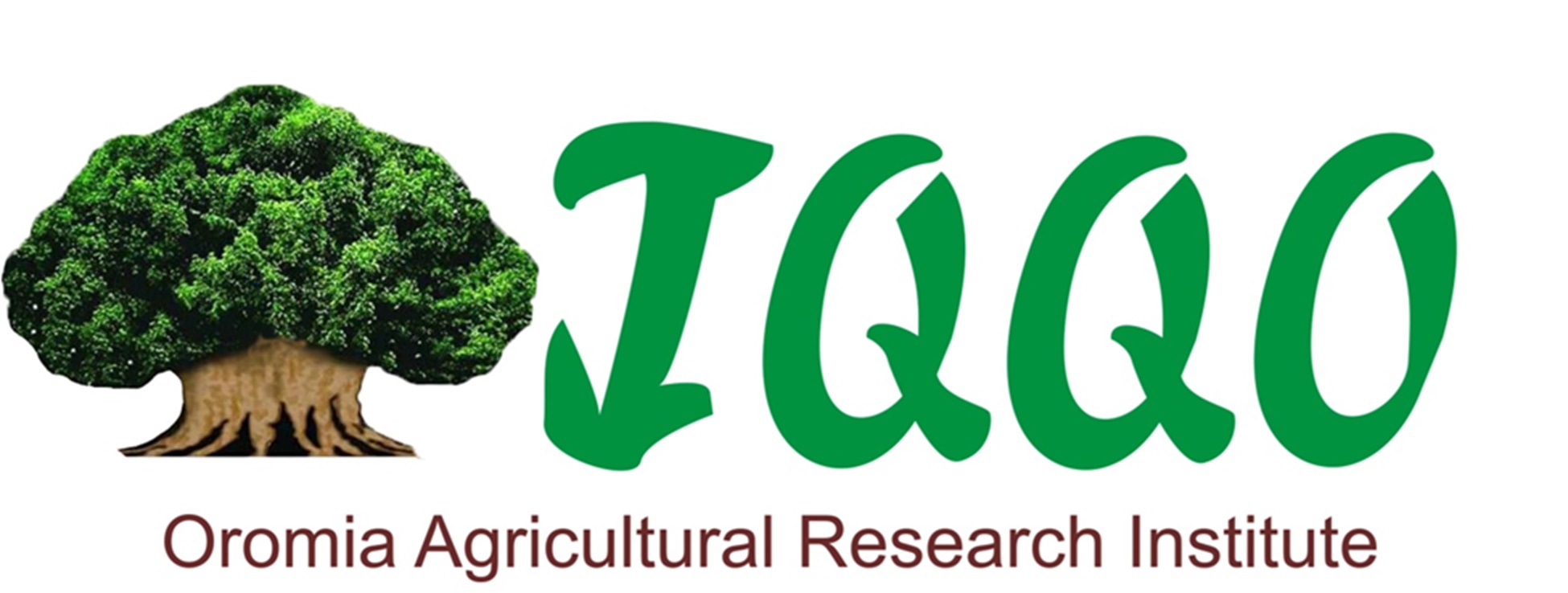2.2. Nutrition Assessment and Analysis
- Provide Nutrition information though identification and characterization of most vulnerable or affected individuals or groups, as a screening tool to identify malnourished individuals needing special assistance and contribute to designing of food, health and other development policies.
- Facilitates analysis of socio-economic factors, demographics, food security and cultural aspects of a population.
- Nutrient composition, the chemicals in food that are necessary for life, their chemistry of locally as well as raw agricultural products, and how the body uses them will be studied
2.3. Food Chemical and Biochemical Safety and Toxicology
- Characterization of food items for allergenic substance composition and support food manufacturers address potential cross-contamination in the manufacturing environment and provide appropriate labeling of potential allergenic components in food
- Distribution of nonnutritive bioactive chemicals, ant-nutritional, antioxidant compounds and their mechanisms of interaction with dietary toxicants in Agriculturally produced, locally prepared and industrially processed, with their ramifications in assuring safety of complex mixtures in our diet will be studied.
3. Food Technology and Process Engineering
3.1. Food processing and product development
- Formulation of new food which is a type of fortified plants & animals part or product by changing their natural nutritive value for greater variety, improved nutritional value, stable shelf life, consumer acceptance and convenience
- Evaluation of the effects of processing and added chemicals on wholesomeness and nutritive value cost, quality, variety, convenience, and deals with the physical, chemical, and biological properties of foods as they relate to stability, cost, quality, safety, nutritive value, wholesomeness, and convenience
3.2. Food Value chain and marketing
- Understand the source and variability of raw food material and their impact on food processing operations
- Understand the properties and uses of various packaging and storage materials in affecting final value chain
- The role of each and every stakeholders in food value chain will be identified
3.3. Food Biotechnology
- Testing the new line/ advanced line/ commercial varieties of food and livestock and their products for nutritional/ processing quality and consumer acceptance and participate in early selection gene modification
- Identification and characterization of biological materials beneficial in food production and processing (eg. Single cell proteins, enzyme producing microbes and other useful microbial extracts) recommendation for end users.



